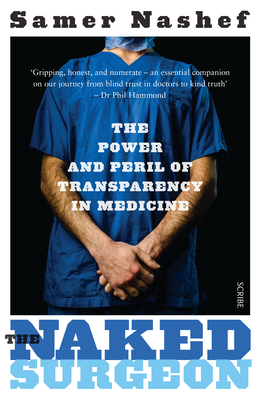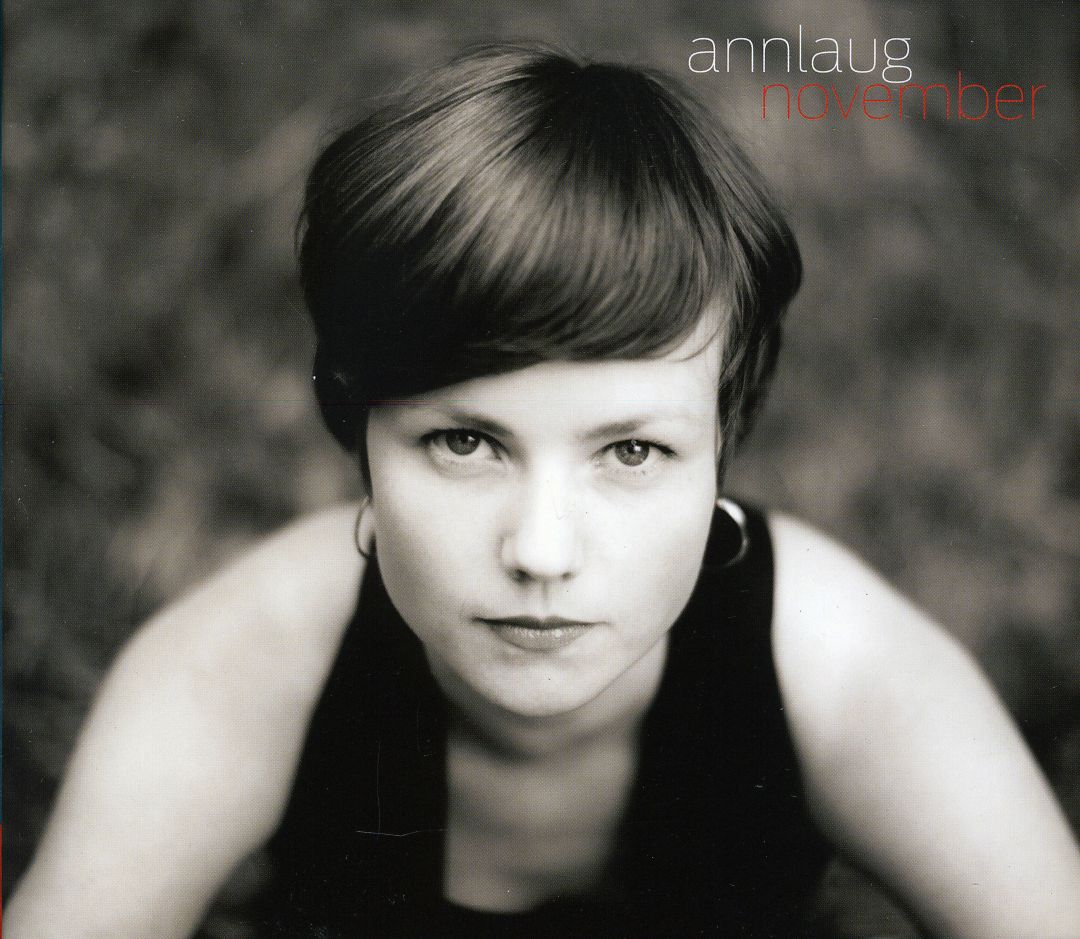
Nashef, Samer
We are not meant to touch hearts. We all have one, but most of us will never see one. The heart surgeon now has that privilege but, for centuries, the heart was out of reach even for surgeons. So when a surgeon nowadays opens up a ribcage and mends a heart, it remains something of a miracle, even if, to some, it is merely plumbing.
As with plumbers, the quality of surgeons' work varies. As with plumbers, surgeons' opinion of their own prowess and their own attitude to risk are not always reliable. Measurement is key. We've had a century of effective evidence-based medicine. We've had barely a decade of thorough monitoring of clinical outcomes. Thanks to the ground-breaking risk modelling of pioneering surgeons like Samer Nashef, we at last know how to judge whether an operation is in a patient's best interest, which hospital and surgeon would be best for that operation, when it might best be performed and what the exact level of risk is. We have at last made what is important in surgery measurable. But how should surgeons, and their patients, use these newfound insights?
Ever since his days as a medical student, Samer Nashef has challenged the medical profession to be more open and more accurate about the success of surgical procedures, for the sake of the patients. In The Naked Surgeon, he unclothes his own profession to demonstrate to his reader (and prospective patient) many revelations, such as the paradox at the heart of the cardiac surgeon's craft: the more an operation is likely to kill you, the better it is for you. And he does so with absolute clarity, fluency and not a little wit.







